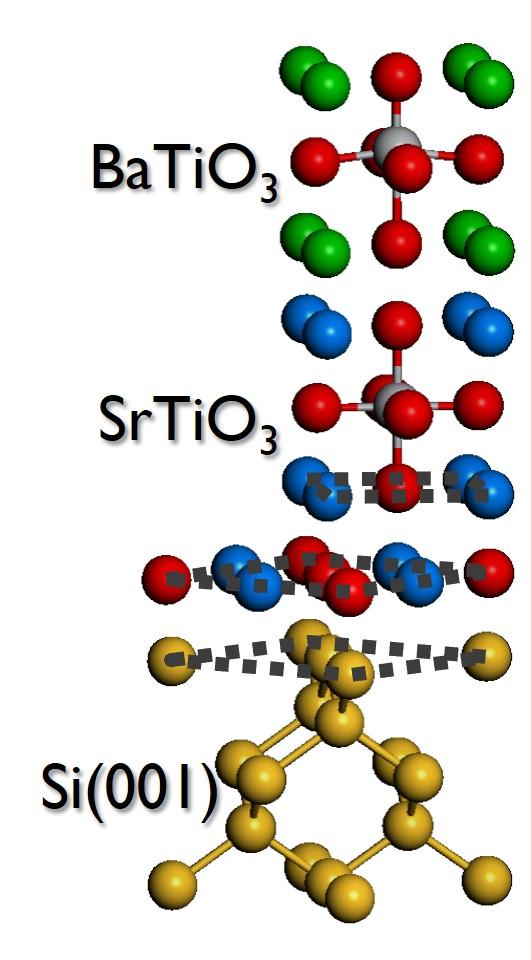Understanding the Impact of Crystalline Structure on Electro-Optical Properties of BaTiO3 Thin Films on Silicon Substrates
Leuven | More than two weeks ago
Towards the future generation of high speed optical modulator devices
Introduction: Thin epitaxial films of Barium Titanate (BaTiO3 or BTO) on Silicon (Si) substrates have garnered significant interest for their potential application as active layers in high-speed light modulators exploiting the Pockels effect. Despite the considerable attention from the optical photonic industry, large-scale device fabrication remains challenging due to a lack of comprehensive understanding regarding the influence of BTO crystalline structure on its electro-optical properties.
Objective: The primary objective of this proposed PhD research is to bridge this knowledge gap by systematically investigating the impact of BTO crystalline structure on its electro-optical characteristics through optimization of BTO epitaxy on Si substrates.
Methodology: The focus of the research will primarily be on employing molecular beam epitaxy as the main technique for growing BTO layers with the requisite quality. Alternative growth techniques will also be explored. The produced BTO layers will undergo thorough characterization, including assessment of stoichiometry, microstructure, crystallinity, strain state, and defectivity, utilizing techniques such as X-ray diffraction, atomic force microscopy, Rutherford backscattering spectroscopy, X-ray photoluminescence spectroscopy, and transmission electron microscopy.
Following characterization, the BTO samples will be processed in the lab, and their electro-optical properties will be meticulously investigated using an existing Pockels setup. The ultimate aim is to establish a comprehensive understanding of the relationship between growth parameters, BTO structural properties, and electro-optical characteristics.

Expectations from the Candidate: The PhD candidate is expected to:
- Concentrate on the heteroepitaxy growth of perovskite materials, particularly BTO.
- Master various thin film characterization techniques mentioned above.
- Learn and perform Pockels measurements, including sample processing in the lab.
- Collaborate closely with in-house device specialists to further comprehend the impact of BTO structure on electro-optical properties.
Candidate Profile: The ideal candidate possesses a solid background in material science and material characterization. They should demonstrate a strong inclination towards growth techniques, particularly molecular beam epitaxy, and silicon photonic technologies.
Support and Guidance: The research will be supported and guided by experts from different domains within imec, ensuring a multidisciplinary approach to problem-solving and leveraging a wealth of knowledge and resources.
In summary, this PhD research aims to unravel the intricate relationship between BTO crystalline structure and its electro-optical properties, thus paving the way for the development of advanced high-speed light modulators with enhanced performance and scalability.
Required background: materials science, physics, optical characterization
Type of work: 30% experimental, 30% characterization, 15% modeling/simulation, 15% literature, 10% reporting
Supervisor: Clement Merckling
Daily advisor: Marina Baryshnikova
The reference code for this position is 2024-163. Mention this reference code on your application form.
